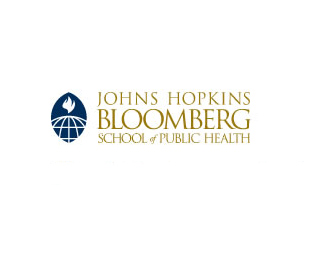
With the help of computer simulations, investigators seemingly revealed that with fall in TB prevalence, risk for more extensive MDR-TB elevates. The simulation also showed that greater detection of TB cases without proper treatment of cases heightened chances of developing the disease. Researchers crafted a computer model to simulate the potential for MDR-TB epidemics. A total of 81 scenarios were created which covered a 500-year period. Each developed scenario contained different levels of treatment quality, diagnosis accuracy, microbial fitness and the degree of immunogenicity of drug-susceptible TB.
David Bishai, MD, PhD, MPH, senior author of the study and associate professor in the departments of Population, Family and Reproductive Health and International Health at the Johns Hopkins Bloomberg School of Public Health, remarked, “The ability of MDR-TB to spread depends on the prevalence of drug-susceptible TB. The most successful approach to reduce this risk for MDR-TB epidemics in the U.S. would be to ensure that populations around the world combine high rates of case findings that are tightly coupled to high compliance with directly observed drug therapy.â€
Scientists explain that when 75 percent of active TB cases are detected, therapeutic compliance is improved from 50 percent to 75 percent. So it can decrease the probability of an epidemic from 45 percent to 15 percent. Having enhanced the case-detection rate from 50 percent to 75 percent, compliance along with directly observed treatment appears to be constant at 75 percent. Due to this the probability of MDR-TB epidemics may elevate from 3 percent to 45 percent.
The study was published in the September 22 edition of the journal PLoS ONE.
